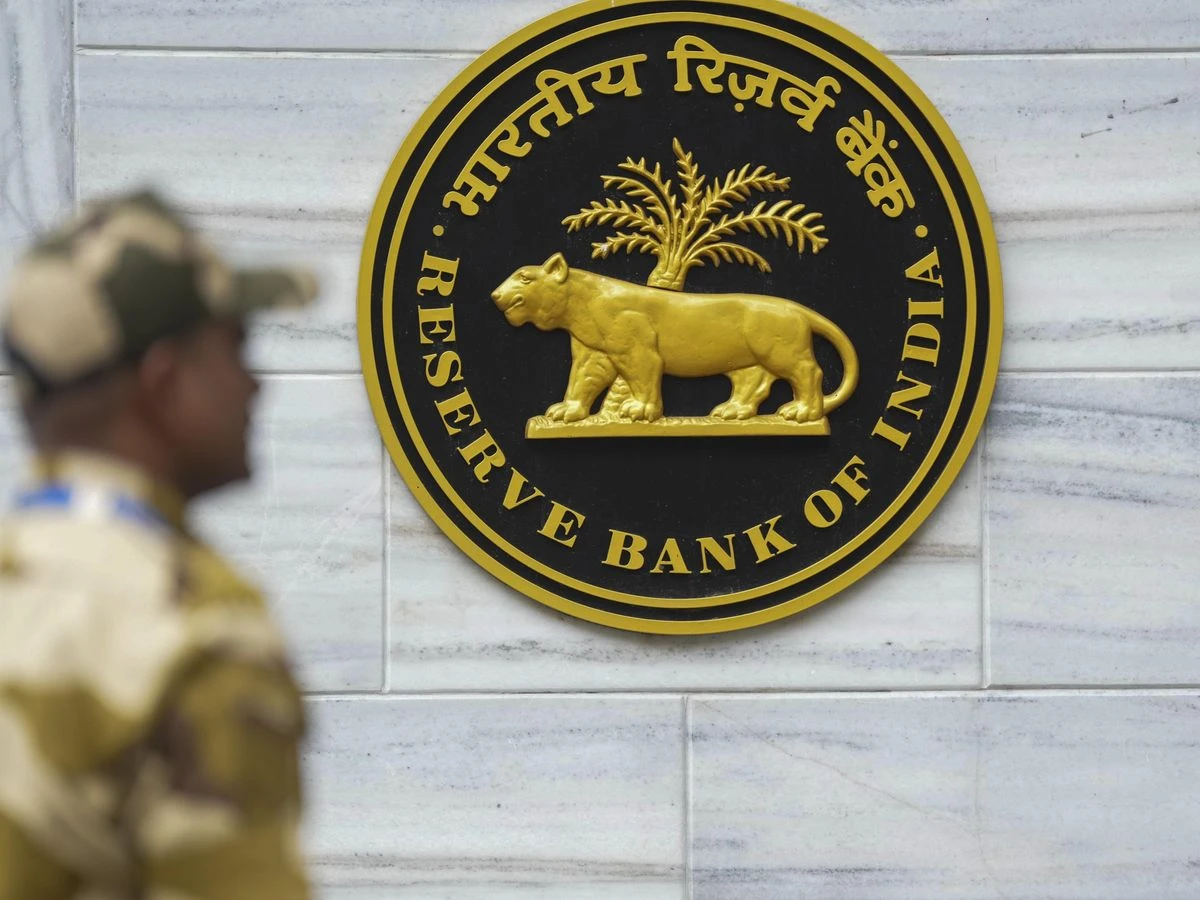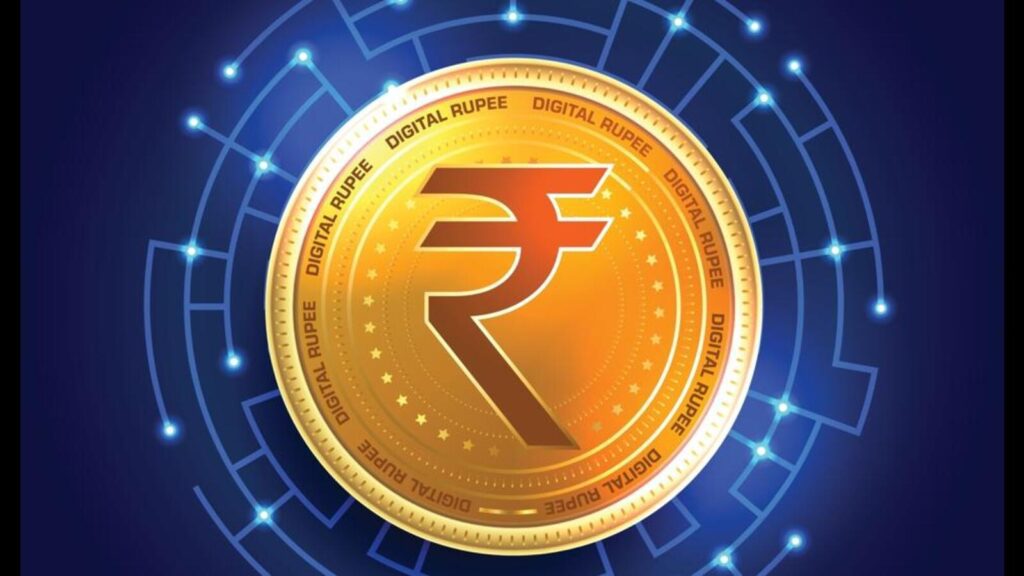Now Reading: RBI to Test Deposit Tokenisation: A New Chapter for Indian Banking and Crypto
-
01
RBI to Test Deposit Tokenisation: A New Chapter for Indian Banking and Crypto
RBI to Test Deposit Tokenisation: A New Chapter for Indian Banking and Crypto

The Reserve Bank of India is exploring a new idea called “deposit tokenisation,” a move that could quietly reshape how money moves inside banks. The concept aims to make interbank transfers faster, more secure, and programmable — without entering the risky territory of private cryptocurrencies. But what does this mean for regular users, banks, and India’s digital future? Let’s break it down.
Deposit tokenisation essentially converts traditional bank deposits into digital tokens issued by regulated banks. These tokens represent the same value as money in your account but exist in a digital form on a blockchain-like network. Unlike crypto coins, they’re fully backed by banks and overseen by the RBI. In simple terms, it’s like giving the current banking system a digital engine.
For banks, this pilot could bring efficiency and transparency. Tokenised deposits can be transferred instantly between financial institutions without relying on older systems that take hours or days. It may also reduce settlement risks — the delays and mismatches that happen during large fund transfers. This shift could help banks save costs and modernise backend operations while keeping full compliance with RBI rules.
For customers, the immediate impact may not be visible at first. However, deposit tokenisation could later enable faster payments, easier cross-bank transactions, and more secure online transfers. If expanded, it could eventually connect with India’s digital rupee ecosystem, offering a seamless link between public digital currency and private banking.
Still, experts caution that the RBI’s move doesn’t mean crypto is becoming mainstream. Deposit tokenisation is not a crypto experiment — it’s a controlled, centralised system within the regulated banking environment. The goal is to borrow the useful parts of blockchain technology while avoiding the volatility and decentralisation of private crypto assets.
The challenge lies in scaling it responsibly. India’s banking system serves a massive population across urban and rural regions. Ensuring cybersecurity, clear regulations, and interoperability between banks will be critical. Smaller banks, especially those in Tier 2 and Tier 3 cities, may need time and technical support to adapt.
In the long run, deposit tokenisation could mark a step toward India’s digital finance evolution — faster, smarter, but still under the watchful eye of regulation. It’s not crypto, but it’s a sign that the technology behind crypto is quietly finding a home within the traditional system.

























